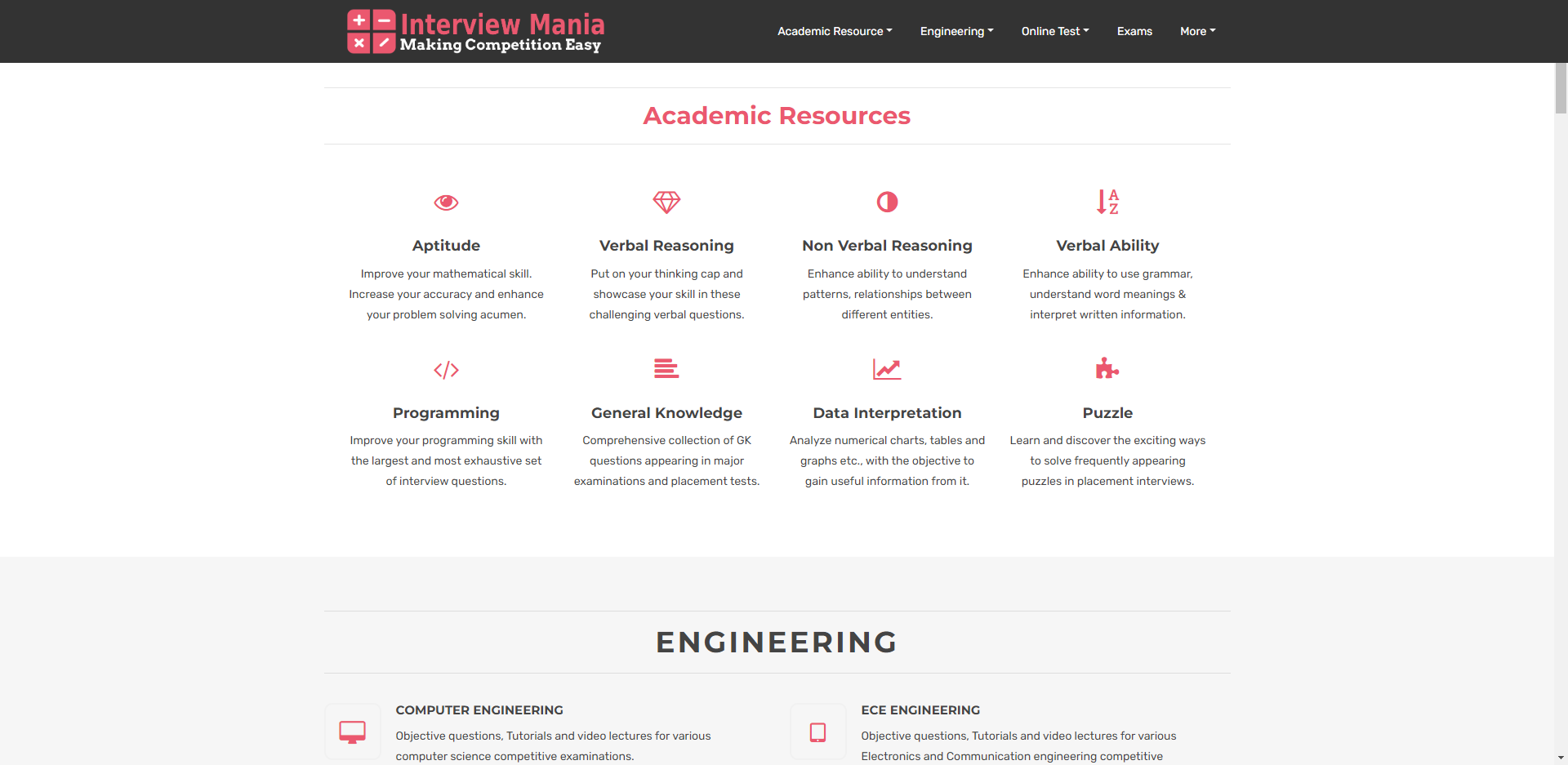Check Your Website SEO
Elevate Your Digital Success: Unleash the Power of SEO.

PA
DA
Rank
SEO Score
60%
-
Passed
60%
-
Need Improvement
30%
-
Have to Fixed
10%
Task list for SEO improvement
5
Summary
Heading SEO
Heading Analysis
Page Quality
Content
Frames
Social Networks
Media SEO
Image Analysis
Link SEO
link Analysis
Internal Links
Total 70
Duplicate 10
External Links
Total 10
Duplicate 3
Search Preview
Desktop
Mobile
Google core web vitals
Desktop
Mobile
Google Page Insight
Mobile
Desktop
Page Speed
Page Load Speed
Total time:
Speed Analysis
Measured Metrics
Network Requests Diagram
Optimisation Metrics